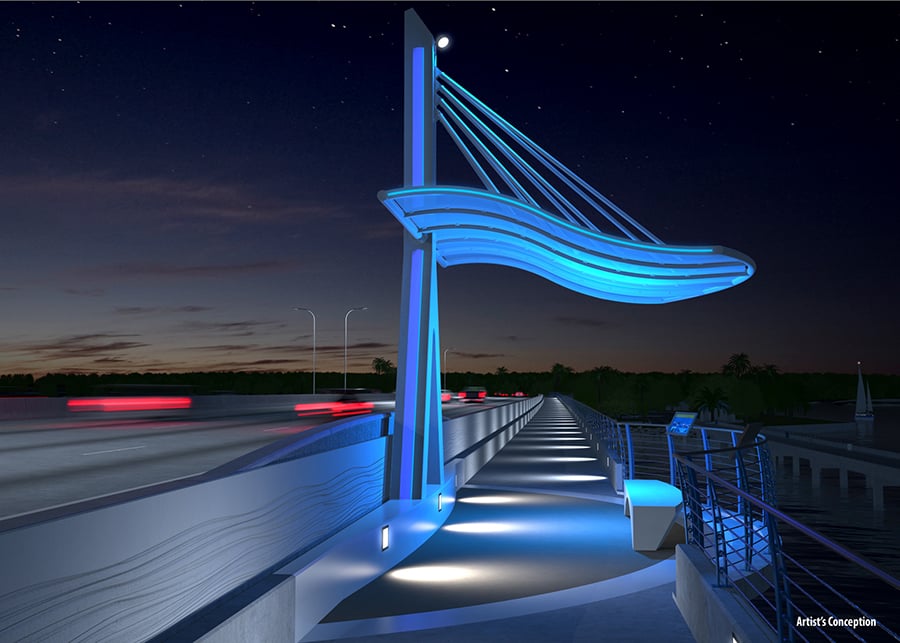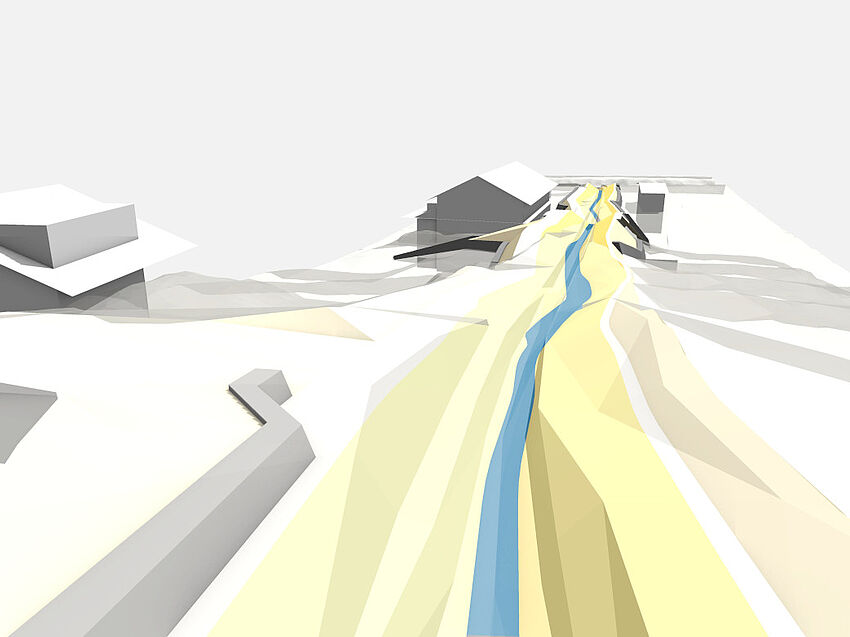Better Precast Girder Bridge Design with ALLPLAN: A Complete Workflow Solution
After years of construction, damages, and repairs, Florida’s largest-ever transportation initiative is finally nearing completion. The Pensacola Bay Bridge is getting a much-needed facelift after serving Florida for more than 70 years. This new project will provide wider lanes and more resistance to hurricanes for the future to come.
Project Overview
The Florida Department of Transportation (FDOT) is building a replacement for the Pensacola Bay Bridge that connects the cities of Pensacola and Gulf Breeze in Florida. The route is one of the most important east-west transport corridors in the area. Significantly, the bridge also happens to be the main evacuation route out of the area in the event of a hurricane. When finished, the $427 million (USD) bridge will improve both the safety and the flow of traffic for more than 58,000 drivers who traverse the corridor every day.
Project Specifications
The new bridge replacement covers a total distance of just over 4.3 miles from SR196 west of 17th Avenue in Pensacola to the intersection of SR30 and Bay Bridge Professional Park in Gulf Breeze, making it one of the most important transit corridors in Northwest Florida.
The bridge supports three expanded lanes for vehicle transport in each direction, for a total of six lanes. In addition to the vehicular lanes, the new bridge also features a large multi-use pedestrian lane that supports bicycles running in each direction, making it a significant improvement over the older Pensacola Bay Bridge. The increased capacity and added pedestrian space reflect the FDOT’s commitment to improving the safety and traffic conditions on America’s major roads and highways.
The bridge replacement involves several designs and engineering challenges, the most significant of which is the need to facilitate marine traffic in and out of Pensacola Bay. The new bridge features a 150-foot horizontal clearance height for marine traffic and a 65-foot vertical clearance, which will provide a considerably larger crossing area than was previously available.

Cost and Completion
Initially, the Pensacola Bay Bridge replacement budget was $427 million, making it the largest single investment in transport infrastructure in Florida’s history. However, following an accident in 2020 that damaged and delayed the construction, the estimated cost to complete the project increased significantly. Gale-force winds from Hurricane Sally untethered several nearby marine vessels from their moorings and sent them crashing into the new construction. No updated figure has been provided, so the exact amount of replacing the damaged sections may not be known until the bridge is completed.
A Positive Change
Despite its hiccups in construction, the Pensacola Bay Bridge project represents a vital update of Florida’s transport infrastructure. Not only will the bridge provide easier access for evacuation in the event of a storm or hurricane, but it will also improve ease of access for pedestrians and decrease the amount of traffic congestion as more usable lanes are available to cross the natural barrier.
After years of construction and repairs, the bridge is finally set to open in the spring of 2022, much to the relief of the area’s residents. Hopefully, when the updated cost is released, Floridians will still be smiling. Either way, the project is a much-needed upgrade and will provide the region with an essential travel corridor in the decades ahead.
The ALLPLAN Advantage
At ALLPLAN, we make complex projects like 3D modeling and constructing a bridge an accurate, interactive, and streamlined experience with the professional BIM solution for bridge construction. With a single solution, bridge engineers can design, model, analyze, and simulate the construction of bridges more efficiently and effectively than with traditional 2D approaches. With ALLPLAN Bridge, the bridge design process no longer sits outside the BIM workflow, but rather is an integrated part of the BIM process. Try a free demo to see how much easier bridge design projects can be.




